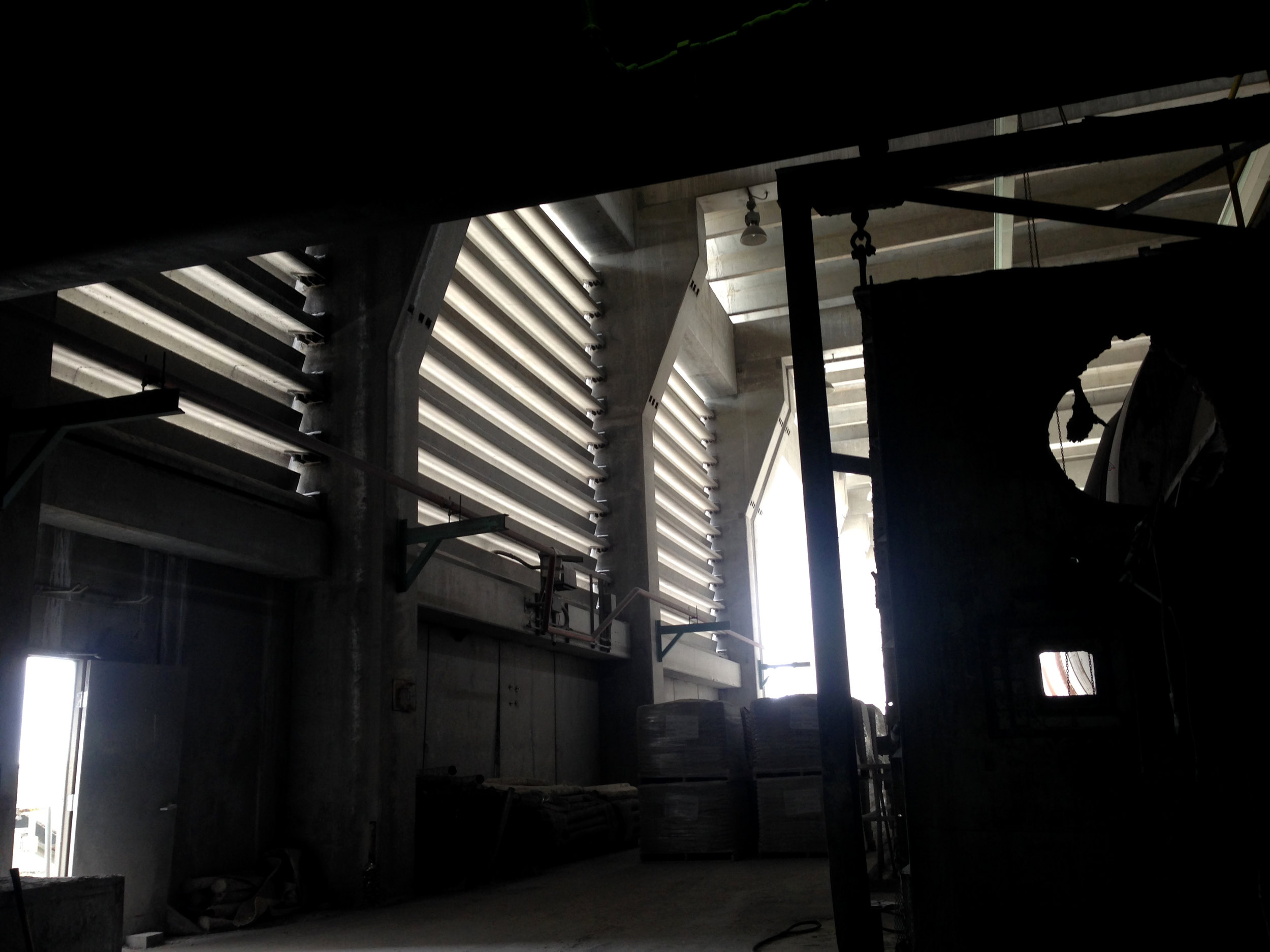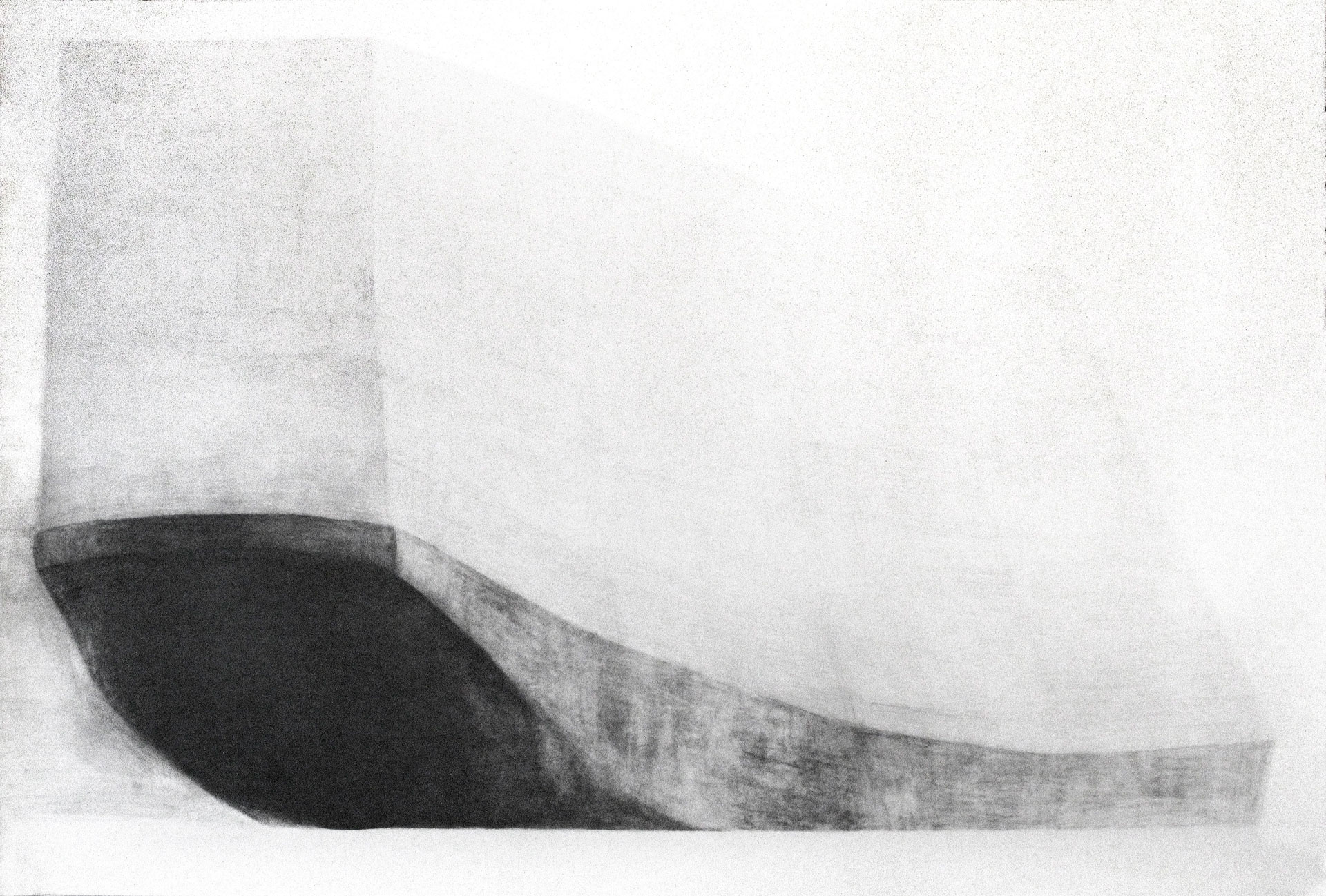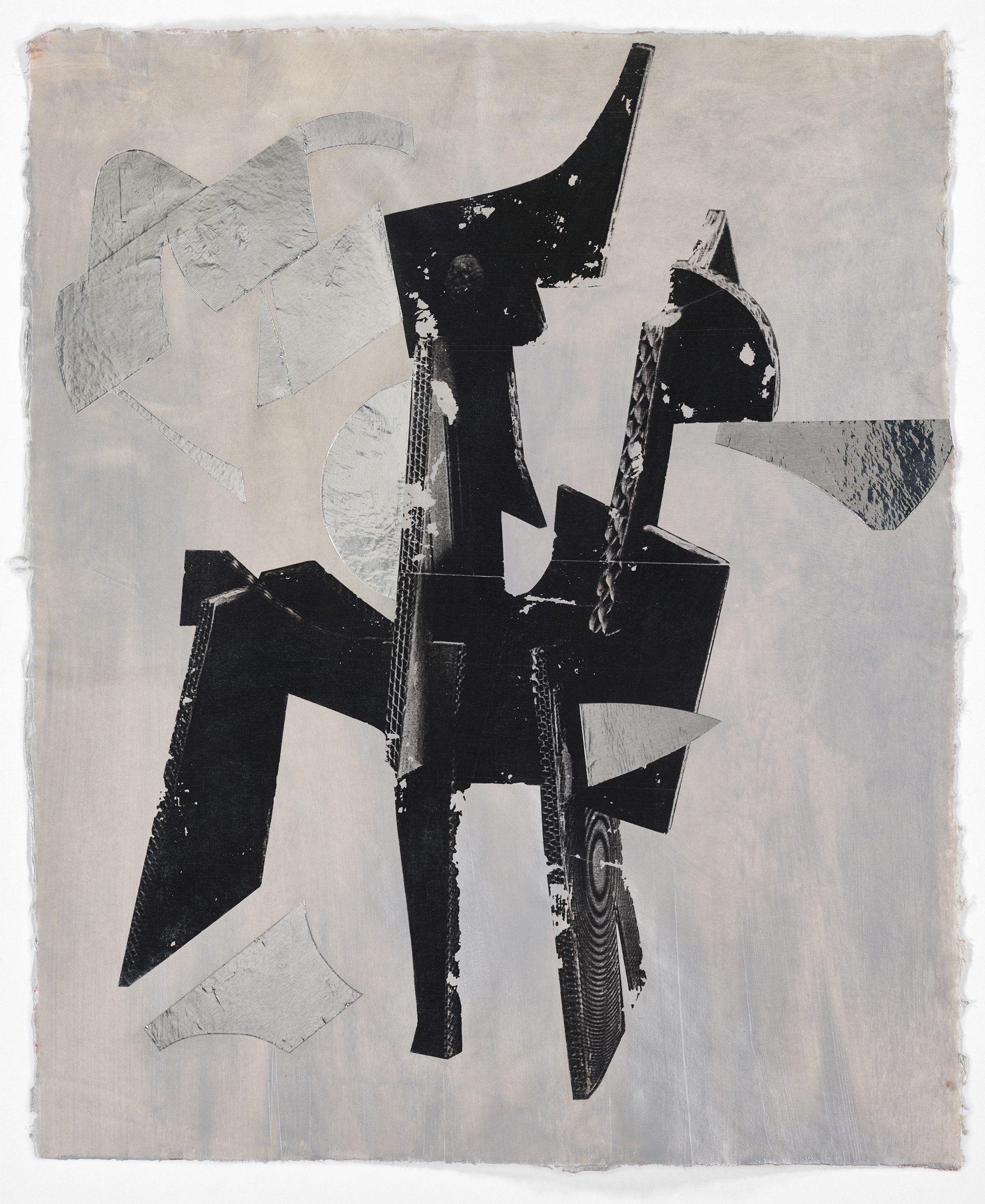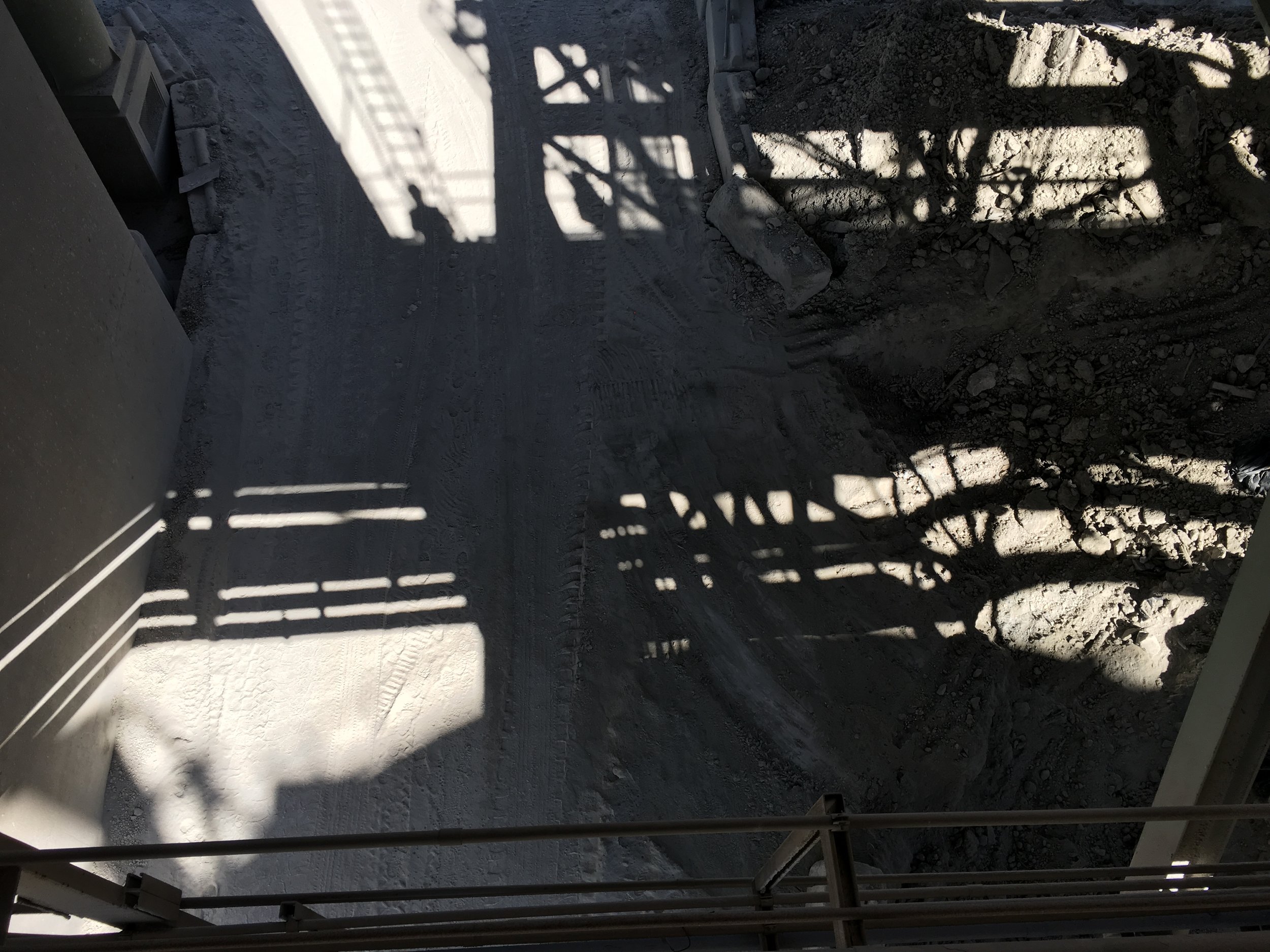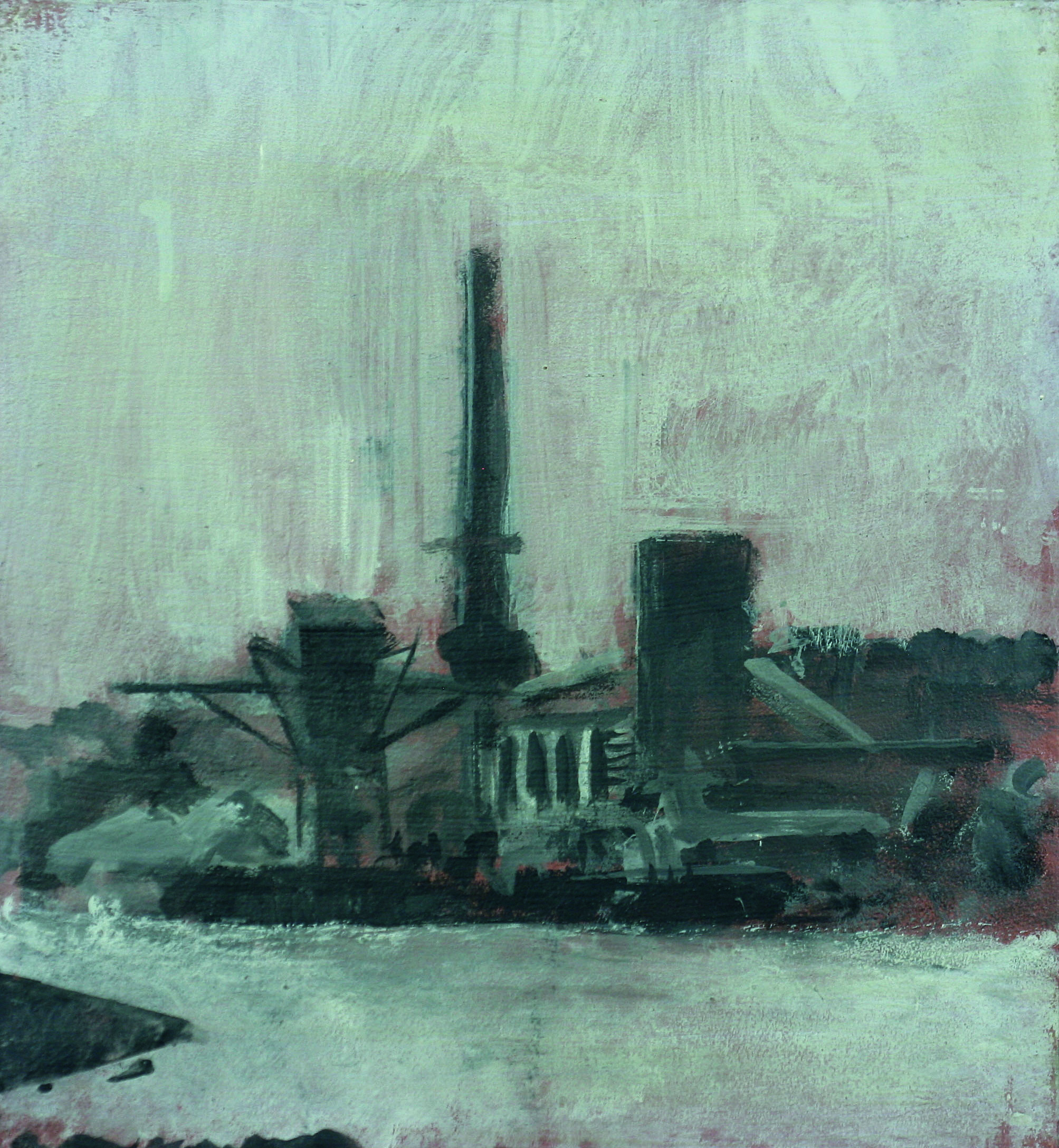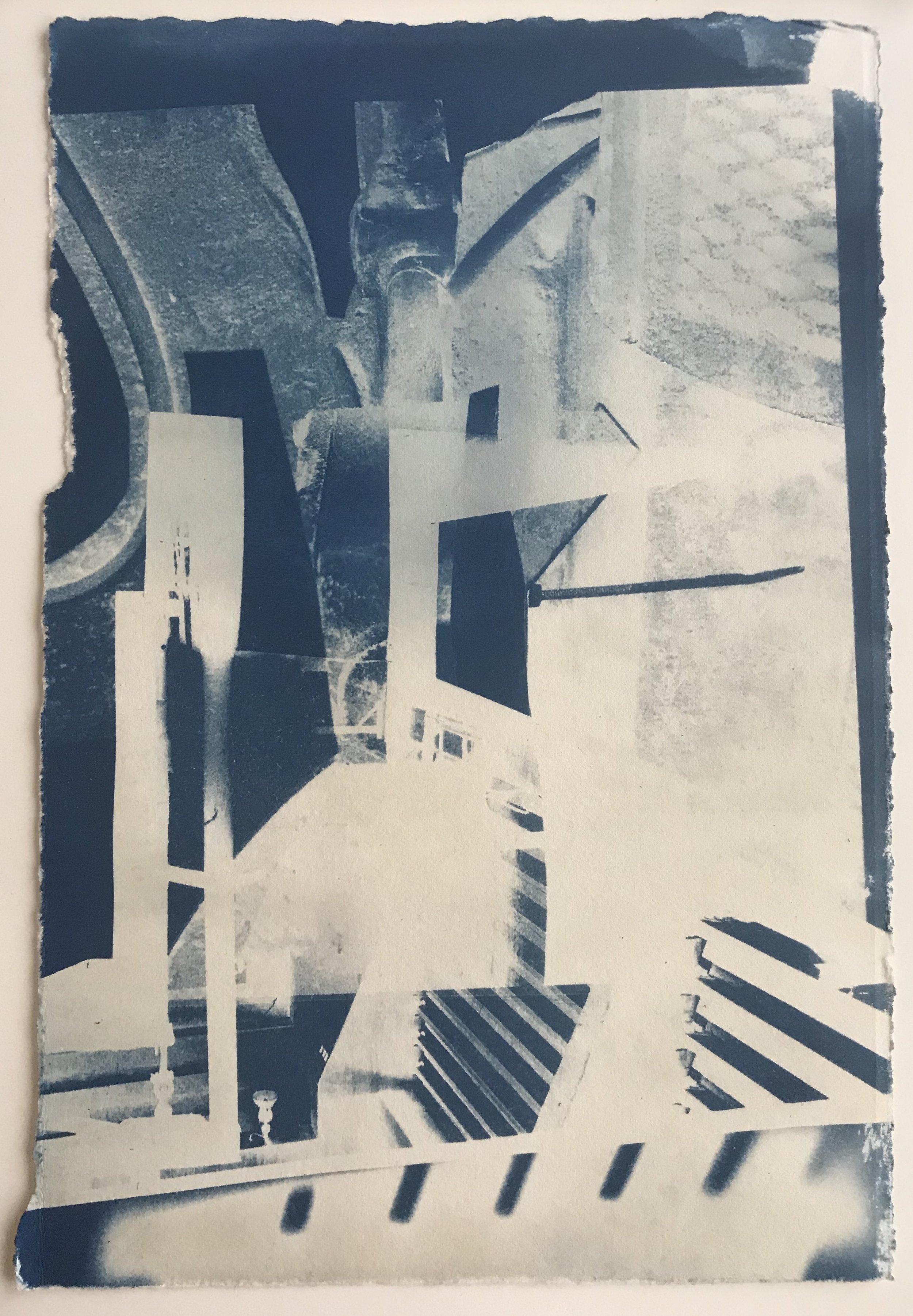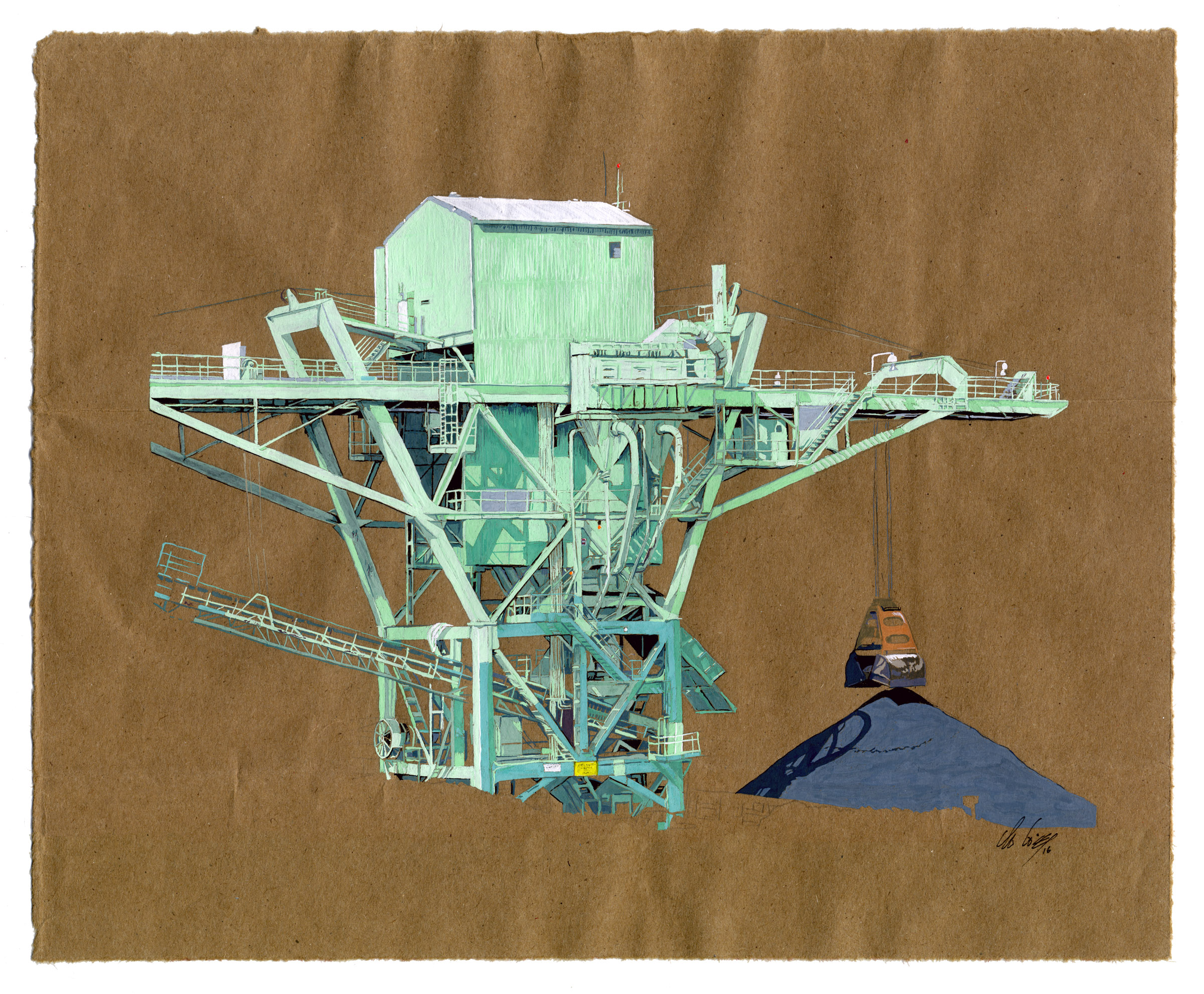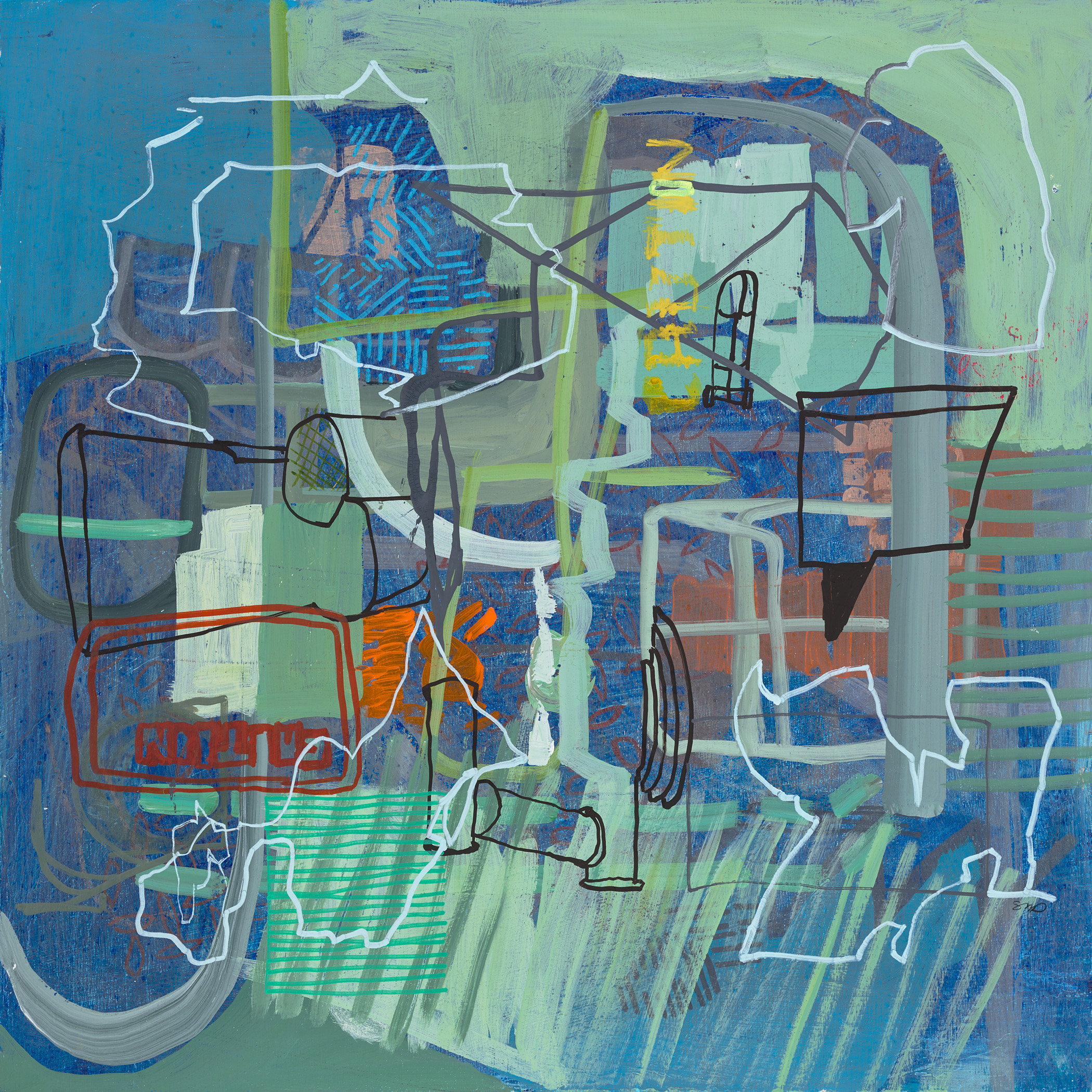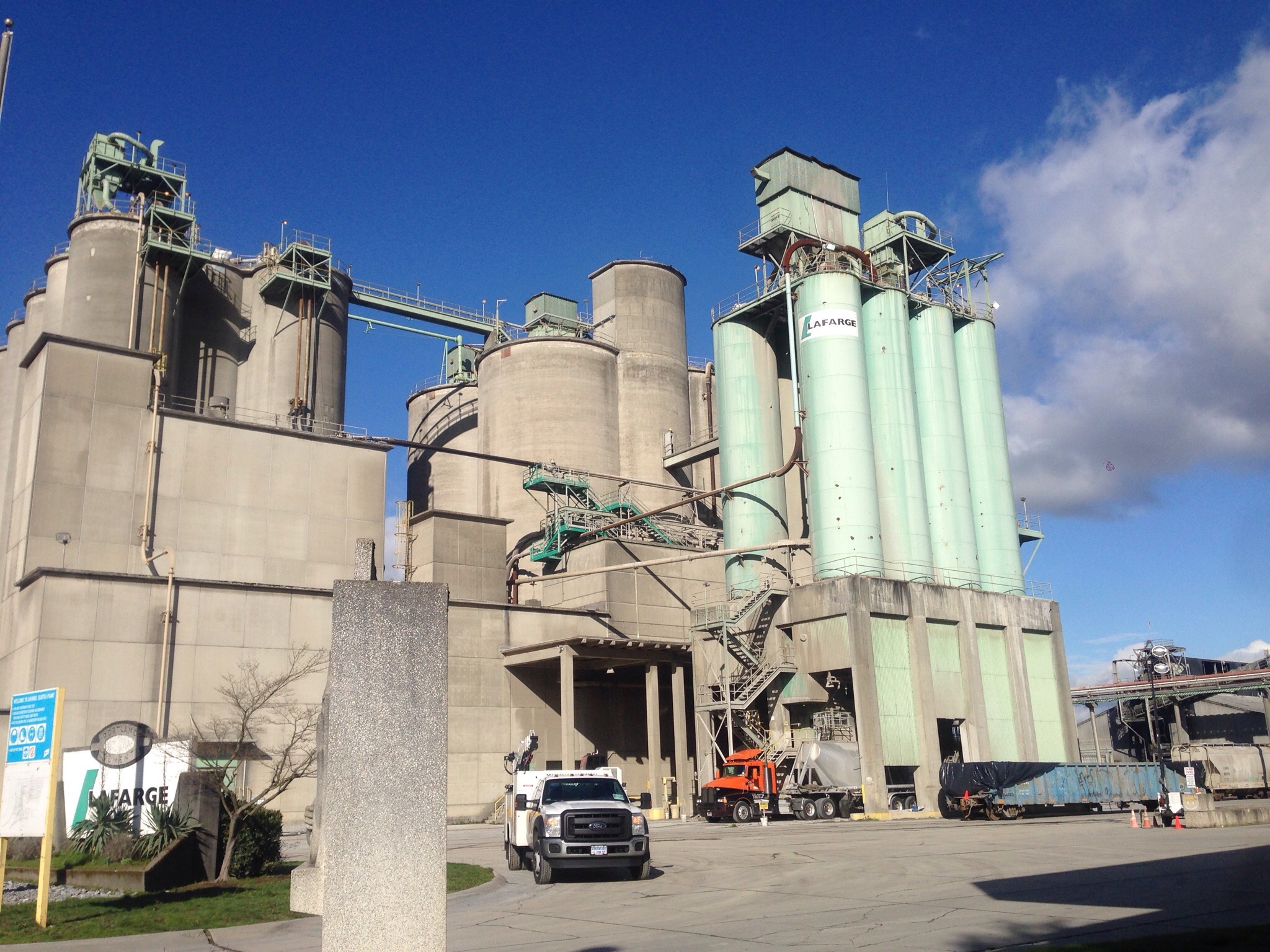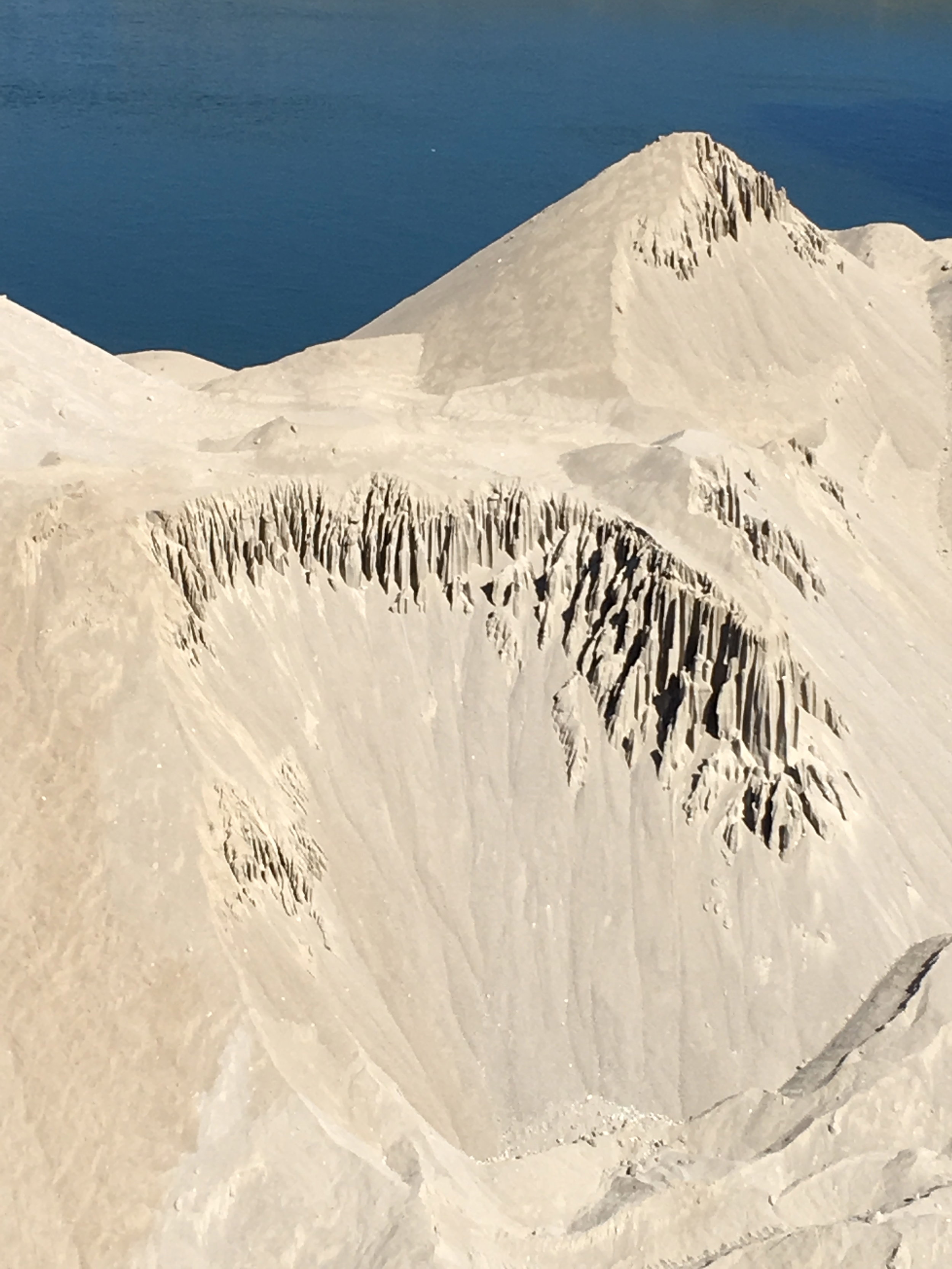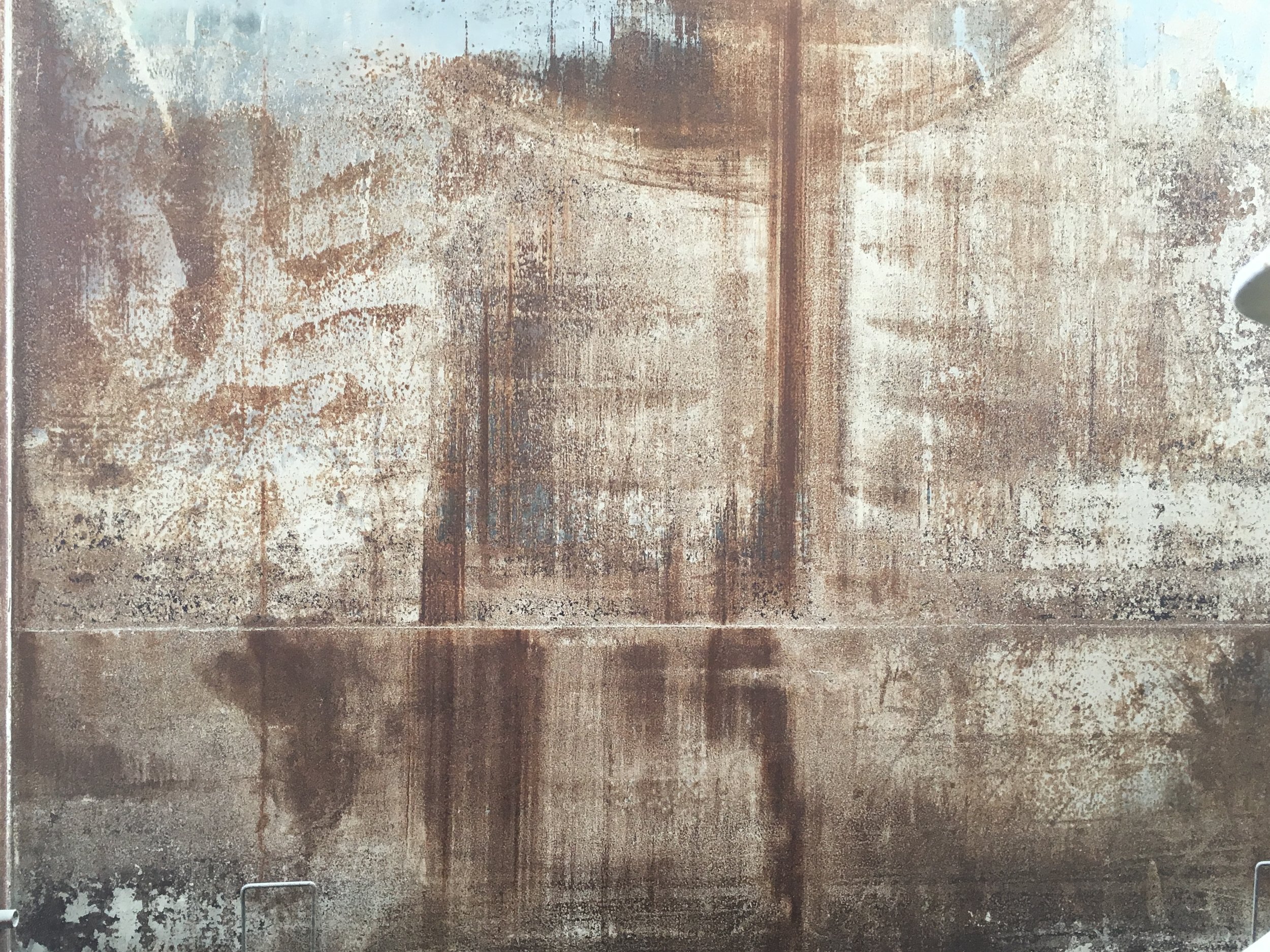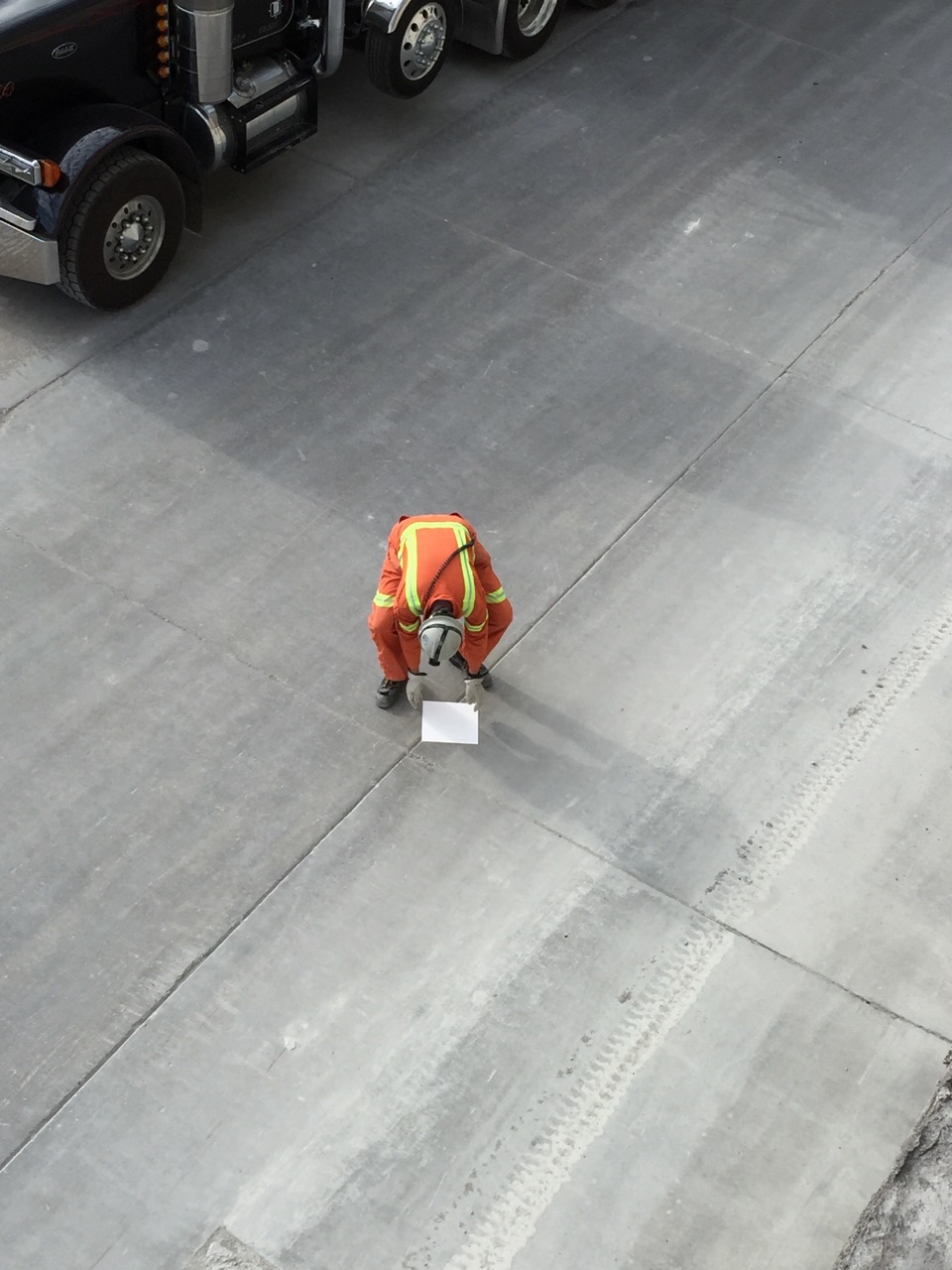Fine Art + Heavy Industry
Challenging expectations, finding common ground
What did it take for 13 artists to get access to a working cement plant in their own city?
The Duwamish Artist Residency was created in 2012 by Sue Danielson and me. For ten years, we spent eight intense days with 11 other artists exploring and learning about the Duwamish River. We chose the Duwamish River because of its economic, environmental, and visual and social diversity.
Co-founder of the Duwamish Artist Residency, Organizer, 2012-2022
Artist residency, August 2017
Lafarge Cement Plant
Sue Danielson: Co-founder of Duwamish Artist Residency, Organizer
Juliet Shen: Book Design
John Boylan: Moderator
CHALLENGE:
In 2016 after four years on the river, where we primarily interacted with people involved in the cleanup, tribal members, topographers, biologists, we knew to really understand the river we needed to meet and interact with people in the heavy industry.
Lafarge, a cement factory, hosted the Duwamish Artist Residency for a week. As artists we seldom interact with heavy industry. The industry along the Duwamish has played a crucial role in developing our region’s economy for over a century, yet we knew so little about them. We spent time observing and learning about the incredible creative thinking that is going on at Lafarge. They, like everyone else, are responding to the changing landscape of our city.
OUTCOME: Panel discussion and public art show at the cement plant.
We returned six months later to facilitate a panel discussion between the Duwamish Residency Artists and Lafarge employees. We published a book of artwork created during our residency and organized an on-site art show that included our work and Lafarge employees' artwork. We invited employees, industry leaders, artists, writers, curators, environmentalists, tribal members, and bureaucrats to join us in a panel discussion.
The Duwamish is one of most polluted rivers in the US. The first 5 years of our residency we spent learning about the environmental issues, meeting with tribal members, geologists, naturalists, environmentalists, and community leaders, in addition to creating art.
Even though the Duwamish is Seattle’s only river, it’s not easy to get acquainted. Public access to the water is limited; parks are few and far between.
(left to right) Sue Danielson, Emily Gherard, Amanda Knowles drawing at Herring’s House Park on the Duwamish 2018
We quietly and persistently work along the shores of the Duwamish, recording images and taking the time to listen to everyone’s story.
View from the silos of Lafarge: Looking north, Kellogg Island in the foreground.
“Not everyone likes artists””
In 2016 we reached out to several companies along the Duwamish, to ask if they would consider letting us work in their facilities, and got a resounding “ hell no!”.
So when Lafarge said: “Not everyone likes artists, but let’s talk,” it sounded really promising.
Gene Gentry McMahon, Duwamish River Residency artist, Ink on Paper, 2016
We needed to convince all parties involved, both the artists who are part of the residency, and the management at Lafarge, that letting us work in their facility was a good idea.
Building relationships takes time. Trust and respect must be earned.
It took about six months of meetings, phone calls and site visits before Lafarge agreed to let us work in their facility. We agreed to follow all the rules, and to attend safety trainings.
Yes, you can, but here are (a million) rules:
“Meet James, he will be your cultural liaison and will keep you safe”
James spent an entire week with us. He patiently explained their manufacturing process to us, filled us in on the history of the facility, and explained how they are adapting to new environmental rules.
“We thought you were NUTCASES”
An unlikely panel discussion
Six months after our residency, we coordinated a panel discussion at Lafarge.
The purpose was to facilitate a dialogue between the Duwamish Residency Artists and Lafarge employees and share our experience with a wider audience. During our residency, the employees watched us from afar, mostly shaking their heads. We got a taste of what it means to work in heavy industry. It was time to talk about our experience by focusing on personal experiences and common ideas.
We had both artists and employees from Lafarge on our panel and invited industry leaders, artists, writers, curators, environmentalists, tribal members and bureaucrats to attend.
“The discussion and the accompanying art exhibit showed a deep commonality between the two groups, as creative, imaginative, and aware people. ”
Employees were required by management to attend the exhibit and panel discussion for the first 30 minutes but were allowed to leave after that. Most of the employees stayed for the full 2 hour discussion.
Lafarge employee:
“I have never seen an art exhibit, thank you for bringing the work to us”
“This book makes me proud that I work at Lafarge”
Some of the artwork created during our residency at Lafarge: Link to more info on the book.
The Duwamish River Artist Residency is an annual residency founded by Sue Danielson and myself in 2012. Each year 14 artists spend 8 intense days along the Duwamish River, creating art and learning about our city.








